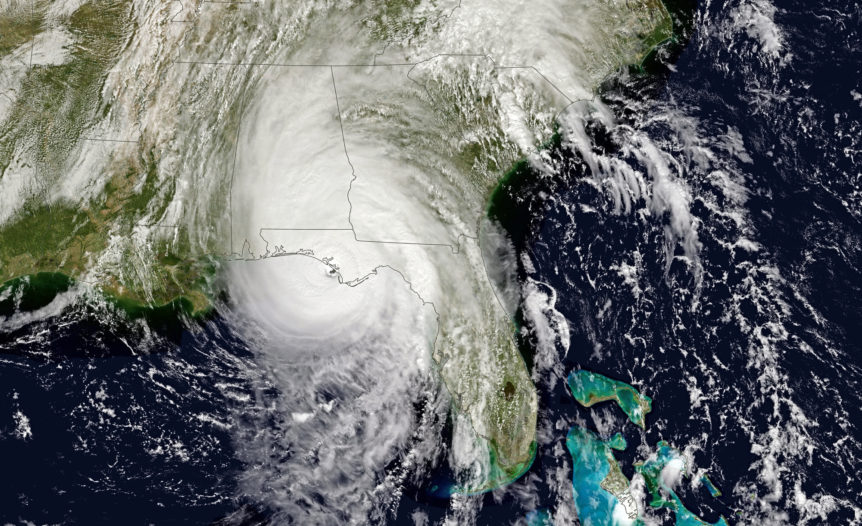
Elements of this image are furnished by NASA.image/DepositPhotos image
Colorado State University (CSU) hurricane researchers in June maintained their April forecast for an extremely active Atlantic hurricane season in 2024. The maintained forecast for the 2024 season, with the average for 1991-2020 in parentheses, is:
- Named storms: 23 (14.4)
- Named storm days: 115 (69.4)
- Hurricanes: 11 (7.2)
- Hurricane days: 45 (27)
- Major hurricanes: 5 (3.2)
- Major hurricane days: 13 (7.4)
The researchers also maintained the probabilities for at least one major hurricane landfall on each of the following coastal areas:
- Entire continental U.S. coastline – 62% (average from 1880–2020 is 43%)
- U.S. East Coast Including Peninsula Florida (south and east of Cedar Key, Florida) – 34% (average from 1880–2020 is 21%)
- Gulf Coast from the Florida Panhandle (west and north of Cedar Key, Florida) westward to Brownsville – 42% (average from 1880–2020 is 27%)
“This forecast is of above-normal confidence for an early June outlook,” the CSU researchers reported in their June 11 forecast. “We anticipate a well above-average probability for major hurricanes making landfall along the continental United States coastline and in the Caribbean.”
The researchers reported on the environmental conditions that support their forecast: “We anticipate that La Niña conditions will develop by the peak of the Atlantic hurricane season, likely resulting in reduced levels of tropical Atlantic vertical wind shear … La Niña typically increases Atlantic hurricane activity through decreases in vertical wind shear. This year’s sea surface temperatures across the tropical Atlantic and Caribbean are much warmer than normal, with temperatures averaged across the Main Development Region currently measuring ~1.4°C above the 1991–2020 average. This warmth favors an active Atlantic hurricane season via dynamic and thermodynamic conditions that are conducive for developing hurricanes.”
The CSU forecast is similar to the National Oceanic and Atmospheric Administration’s hurricane forecast issued in May.
Source: CSU










